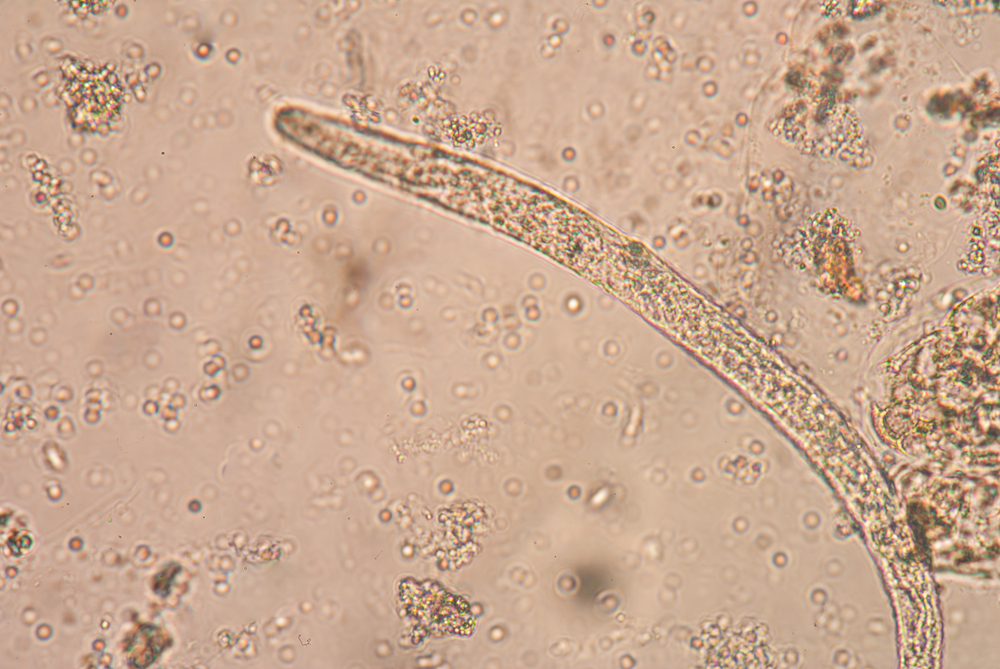Aging-Related Diseases Might Be Better Understood Via Roundworm Research

Using roundworms to screen chemicals that increase lifespan may improve knowledge on diseases related to aging such as Alzheimer’s, Huntington’s, or cancer, according to initial findings recently revealed at the The Allied Genetics Conference in Orlando, Florida.
In a new consortium called the Caenorhabditis Intervention Testing Program (CITP), funded by the National Institute on Aging, researchers at the Buck Institute, University of Oregon, and Rutgers University are working together to identify chemical agents that can delay the effects of aging in a multitude of organisms.
“There is a key need for pharmaceuticals that can combat Alzheimer’s and Huntington’s disease, cancer, and other diseases related to aging,” lead author Mark Lucanic, a postdoctoral fellow in the lab of Gordon Lithgow at the Buck Institute for Research on Aging, said in a press release. “We are trying to identify chemicals or compounds that have potent effects on improving lifespan across multiple organisms because these might have a good chance at turning into future drug leads for treating age-related diseases in humans.”
CITP has been developed to find drugs that improve lifespan in organisms with distinct backgrounds. If a drug works on genetically distinct organisms, it is likely that it will also have an effect in humans. And roundworms are excellent organisms to test the lifespan changes because they only live for about three weeks.
The researchers led by Gordon Lithgow at the Buck Institute have used three different strains of the roundworms Caenorhabditis elegans and Caenorhabditis briggsae and tested ten drugs that had been shown to increase the longevity of C. elegans. But most of these drugs had been studied in a particular strain of C. elegans, called N2, and their effects on other C. elegans strains or in C. briggsae were not known.
They found that one of the compounds tested, Thioflavin-T, showed beneficial effects on all the organisms tested, increasing their lifespan up to twice as long. The compound is a commonly used laboratory dye that binds to amiloid plaques, a type of protein aggregates found in the brain of Alzheimer’s patients. The researchers believe that it might be working by maintaining the normal life cycle of the proteins involved in the formation of those aggregates.
“We hope that eventually some of the chemicals that we’ve tested that have promising effects on longevity could be fast tracked for testing in vertebrates,” said Lucanic. “If they prove effective there, they might one day form the basis of human drugs that can combat aging and age-related illnesses.”






